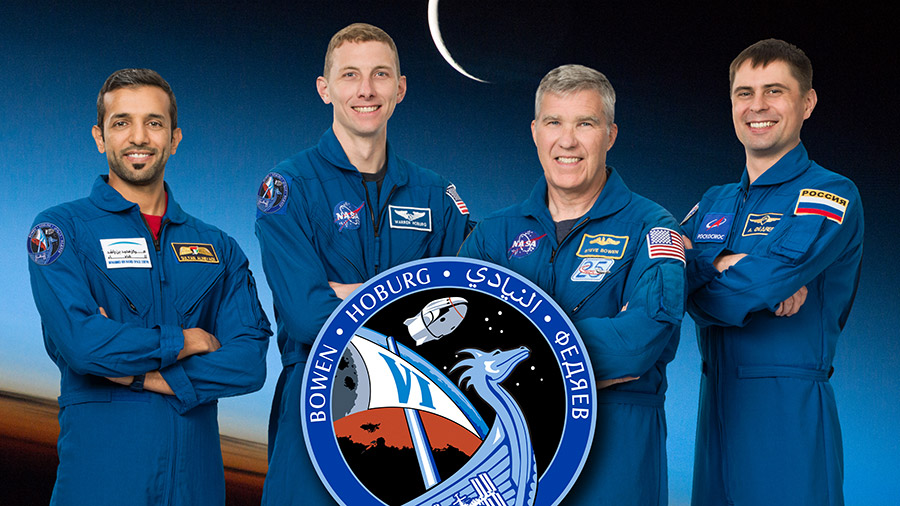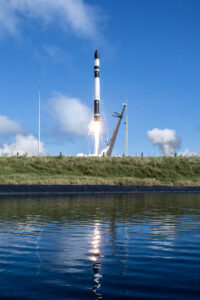Crew-6 Port Relocation: On Saturday, May 6th, Crew Dragon Endeavor was successfully relocated from Node 2 Zenith to Node 2 Forward. This relocation was completed in preparation for the arrival of SpX-28 in early June, which requires the Node 2 Zenith port for robotic arm access. The crew will be off duty today to recover …



























